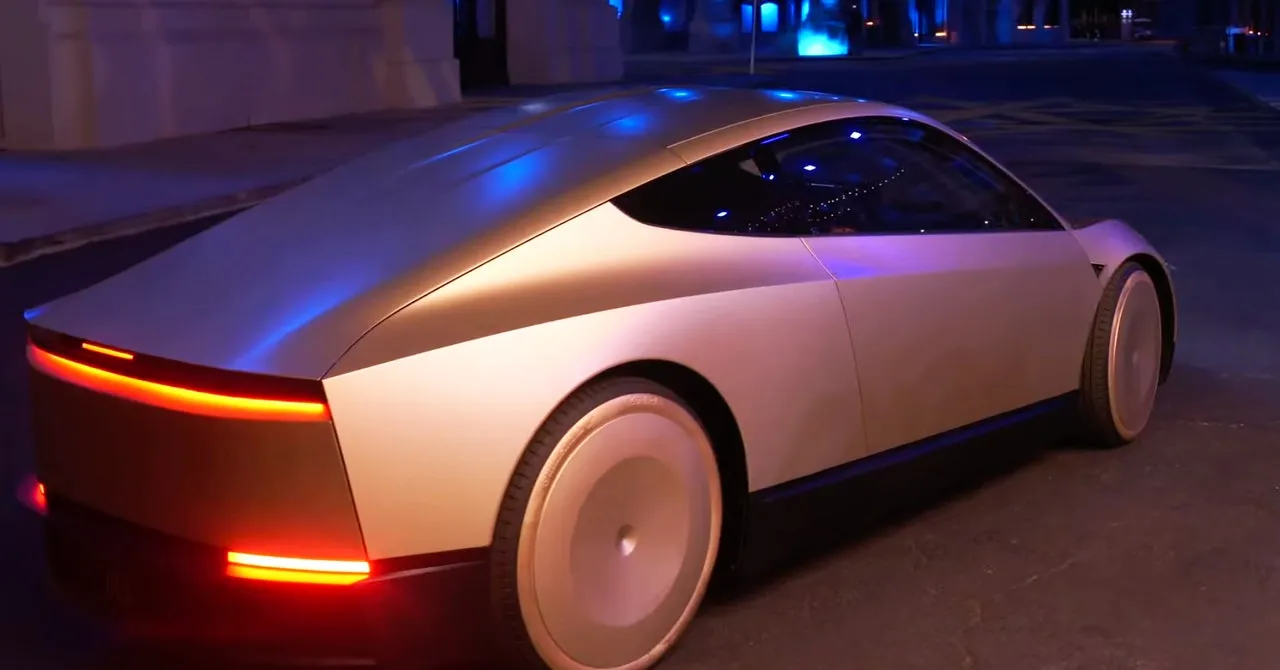Tesla's Self-Driving Cars: The Launch of the Cybercab

Tesla's Revolutionary Cybercab Launch
Almost an hour after Tesla announced the debut of their new autonomous vehicle, Elon Musk made a dramatic entrance at the event. He was escorted by a man dressed as an astronaut to a prototype Cybercab, showcasing a seeming driverless ride through the shadowy streets of Warner Bros. Studios in Southern California.
Future of Transportation with Tesla
Musk has long promised advancements in self-driving technology, aiming for full autonomy by next year in California and Texas. The Cybercab is slated for production in 2026, with a target cost of under $30,000. Musk envisions a future where Tesla owners can send their cars to earn money as self-driving taxis.
- Key Features:
- No pedals or steering wheel
- Remotely hail rides via an app
- Inductive charging solutions
Additionally, Tesla plans to integrate robots to maintain cleanliness in the Cybercabs, addressing a common concern about autonomous taxis.
Challenges in the Automotive Landscape
Despite the ambitious plans, Tesla faces increased competition in the electric vehicle market, especially from both legacy automakers and new companies emerging from China. Tesla's production numbers have declined recently, raising questions about its position amidst growing competition.
- Tesla's Competitive Landscape:
- Increased competition from traditional and new firms
- Global delivery numbers experiencing downturns
- Operational challenges, including layoffs
Unlike its competitors, Tesla utilizes only cameras for navigation, favoring a simpler and more economical approach to self-driving technology. This sets them apart from companies like Waymo and Zoox, who use more complex sensor systems.
This article was prepared using information from open sources in accordance with the principles of Ethical Policy. The editorial team is not responsible for absolute accuracy, as it relies on data from the sources referenced.